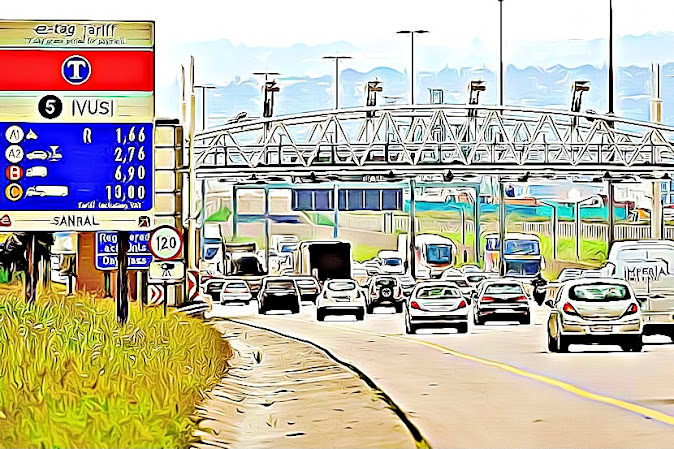“These fleets have built-in processes that enhance the understanding of the challenges faced by drivers,” says Swart, whose company sells DriveCam, an on-board camera system aimed at developing good driving skills. Swart believes that relationships are improving as more fleet operations shift their approach from chasing short-term benefits and productivity gains, to a longerterm view of sustainable success. In the past, fleet managers would not consider anything but the shortest and quickest routes.
Increasingly, they are permitting long-haul drivers to make slight detours so they can see their families.
 Marius Luyt from the Automobile Association has also seen a steady movement towards a greater understanding between the fleet manager and driver, but the chasm between the two is still large. It stems from a lack of drivers and managers understanding each other’s challenges. “Fleet managers who fail to understand the impact of longer hours on the road for drivers keep applying pressure to get results. Many drivers do not understand how their mistakes, bad driving habits and lack of work commitment, have a great impact on their employers and long-term job security,” he says. Luyt believes the gulf between these two positions can be overcome. The first step for fleet managers is to change their mindset to a longer-term outlook by considering all the implications of their short-term decisions, including high accident rates, higher fuel consumption, bigger maintenance bills and a higher staff turnover.
Marius Luyt from the Automobile Association has also seen a steady movement towards a greater understanding between the fleet manager and driver, but the chasm between the two is still large. It stems from a lack of drivers and managers understanding each other’s challenges. “Fleet managers who fail to understand the impact of longer hours on the road for drivers keep applying pressure to get results. Many drivers do not understand how their mistakes, bad driving habits and lack of work commitment, have a great impact on their employers and long-term job security,” he says. Luyt believes the gulf between these two positions can be overcome. The first step for fleet managers is to change their mindset to a longer-term outlook by considering all the implications of their short-term decisions, including high accident rates, higher fuel consumption, bigger maintenance bills and a higher staff turnover.A mindset shift is a challenging process, but one of the most practical ways fleet managers can deepen their understanding of the impact of their decisions is to spend a day or two in their drivers’ shoes, says Luyt. “It may be difficult to find time to do this, but the return on this investment is invaluable, and will translate into a more efficient fleet.”
Drivers’ attitudes towards their companies can also be changed, says Luyt. There are two ways for fleet managers to do this. The first is to institute an induction programme for drivers aimed at increasing their understanding of the fleet and where it fits into the company as a whole, and specifically how their actions impact on the business. Secondly, drivers with a sense of ownership tend to be more productive and take better care of their vehicles. According to Luyt, the ideal driver for any fleet is an owner-driver. They have a vested interest in taking the best possible care of their vehicles and to maximise productivity.
It is not only modern management methods that can help to build the relationship between drivers and fleet managers, but also modern technology. Basic telematics have done a huge deal to clarify the work done by drivers. Fleet managers who do not have trackers installed into their vehicles experience high levels of uncertainty about the movements of their drivers. When tracking systems are installed in such a way that the drivers know they are being monitored, there is usually an immediate drop in fuel consumption, sometimes in double digits. But experienced fleet managers warn that if technology is introduced in the wrong way, it could damage relationships, especially with unionised workers who are wary of telematics invading their privacy. Drivers have to be reassured that telematics benefit them as well through better performance appraisals, skills development, and ultimately, helping to turn a fleet into a team. •
Don’t forget to subscribe on Youtube, as well as follow on Facebook, and Twitter, to guarantee you never miss out on any of the action.






